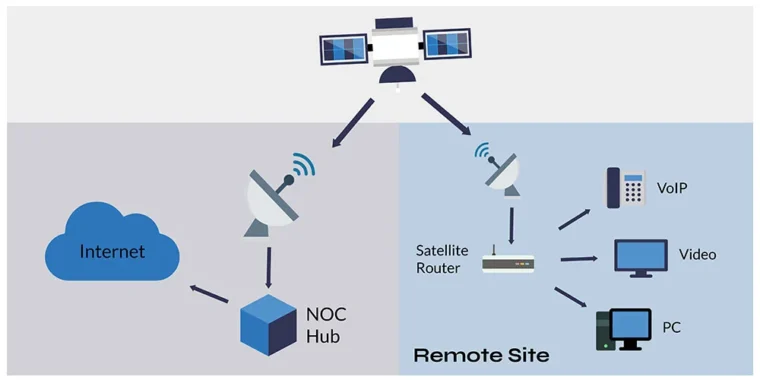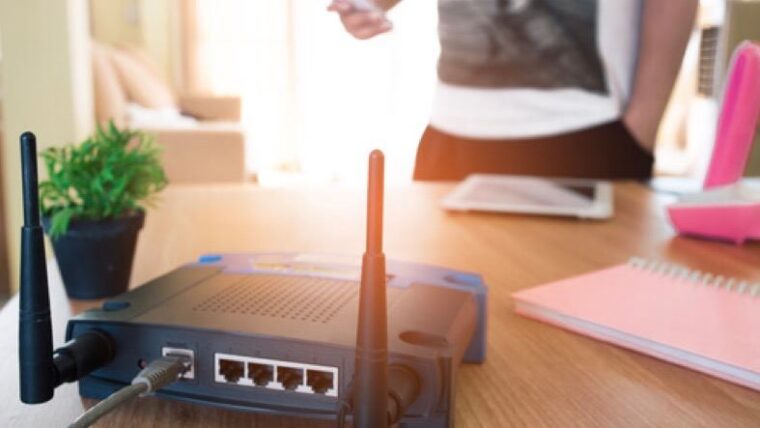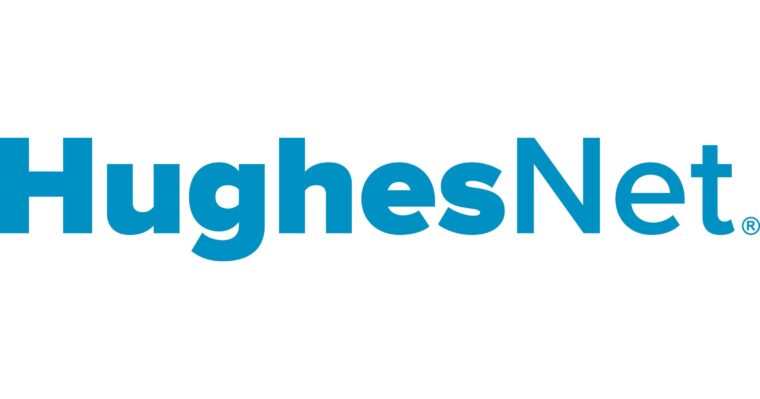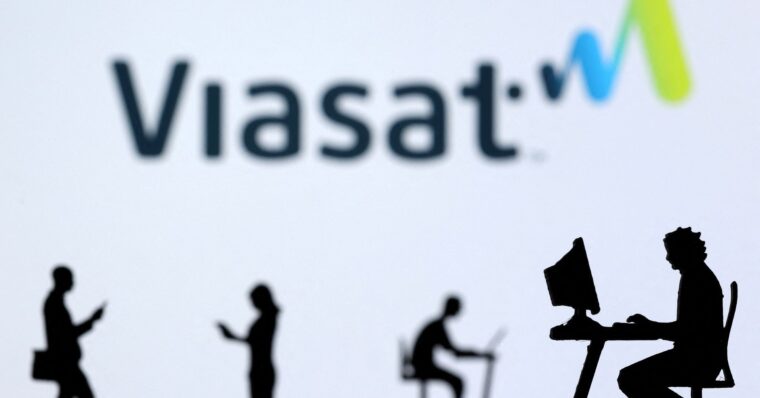Remote servers start the satellite internet connection’s data transfer, which is subsequently sent to broadcasting stations linked to the service provider’s satellite. From there, transmission is sent to customers with satellite dishes in their houses.
Satellite internet is accessible everywhere, including cities and rural areas. There are some situations when satellite internet is the best choice (which is often 50 Mbps or less), even if other forms of internet connection are faster than the satellite internet connection.
- When there is no nearby access to cable or DSL internet.
- When using the internet for moderate activities like web surfing, emailing, and watching low-definition streaming movies.
- For residents in isolated or rural locations, mountainous places, etc.
To take advantage of the fast internet connections, you should go for cable or DSL if it is offered in your area, given that having high internet speed has many advantages. Many ISPs provide cable TV and home phone services in addition to their high internet speeds.
However, the availability of wired connections like Cable, DSL, and fiber optic is the main issue when it comes to rural areas. This is mainly due to the fact that laying such networks in far distant areas increases the cost of architecture to such a large amount that it is not affordable.
Read on if you’re one of the people who doesn’t have access to cable or DSL internet in your neighborhood (or if you’d rather obtain the greatest satellite internet connection)!
How Does Satellite Internet Work?

The operation of satellite Internet is similar to that of satellite TV. A satellite is launched into orbit around the Earth by an internet service provider, such as HughesNet Satellite Internet. The ISP needs a receiving dish to pick up the signal once it is sent by one of those satellites in low- or high-Earth orbit.
The receiver is frequently placed in your home or place of business at a location with the best Skyview. You must connect a modem to the dish in order to transform the receiving signal into a functional internet connection.
The only additional requirement is energy (electricity) to run the receiving dish (along with a clear view of the sky).
As the name implies, satellite internet relies on signals that travel through thin air rather than phone lines, fiber optics, or cable networks.
In order for satellites orbiting the Earth to communicate, radio waves are an essential component. Network operations centers are ground stations that are part of a communication network that starts with your device, travels through your modem and satellite dish, out to an orbiting satellite, and back to Earth. This is how satellite-based data transport works.
Data then travels back through this network, out into space, and finally back to your satellite dish on Earth in order to supply data to your device.
Equipment Required for Satellite Internet Service
The following items should be added to the application checklist when requesting a satellite internet connection:

- Satellite Dish, which transmits and receives data to and from the service provider’s satellite in orbit. The dish will be given to you by the service provider.
- RG6 coaxial wire, which may link the modem to the satellite dish.
- In order to connect to and communicate with the internet, a modem, also known as a gateway device, must be used.
- An optional amplifier can assist improve the signal between the dish and modem and decrease delay.
- Southern Exposure, which allows a satellite and dish antenna to interact.
Best satellite Internet providers for 2024
The two top satellite internet service providers in the US are listed here, ranked on their dependability, accessibility, and internet speeds.
HughesNet

In 2017, HughesNet was the first satellite internet service provider to provide a 25 Mbps connection. The dependability and stability of HughesNet’s internet speeds are its strong points. While other internet service providers vary their internet speeds according to geography, HughesNet Gen5 internet offers the same internet speeds throughout the US.
In fact, the FCC published a study in 2018 that found HughesNet to be the top participating service provider for providing actual speeds as opposed to promised speeds. HughesNet offers 25 Mbps download and upload speeds, with a number of gigabits included in each data package. Additionally, you get an extra 50GB of data each month from 2 am to 8 am, which is considered off-peak.
In addition to the price of the equipment, taxes, and various government service fees, HughesNet doesn’t have many other expenditures. Although each HughesNet plan includes a data restriction, there is never a price for exceeding it since HughesNet just lowers your internet speed to 1-3 Mbps until the month is over. HughesNet is therefore one of the greatest suppliers in terms of open pricing.
ViaSat

Another trustworthy satellite internet service provider in the US is Viasat. Most of the internet speeds that Viasat offers in their internet services are faster than the 25 Mbps that HughesNet offers. However, the majority of these locations only display internet speeds at 15 Mbps, so it’s inconsistent.
Since Viasat is widely accessible in the US, it is also accessible in your area. You won’t actually run out of data with your slow-speed internet activities, such as browsing, streaming average-quality movies, or downloading light files, thanks to Viasat’s greater data caps than HughesNet.
Conclusion
The fastest and most popular satellite internet service providers in the US right now are Viasat and HughesNet. In the US, both of these are widely available.
Viasat offers faster download speed, however, HughesNet and Viasat both provide upload speeds of 3 Mbps. This upload speed will make it look like a drawn-out procedure to post a video to YouTube.
Your online activities will take a very long time to complete with satellite internet because of its high latency. It is impossible to participate in Zoom meetings or play multiplayer games online with a satellite internet connection.
Additionally, the Emergency Broadband Benefit program includes service providers Viasat and HughesNet as participants (now called the Affordable Connectivity Program). You may be able to earn up to $30 per month ($75 for people from qualified Tribal lands) off of your internet service cost.
